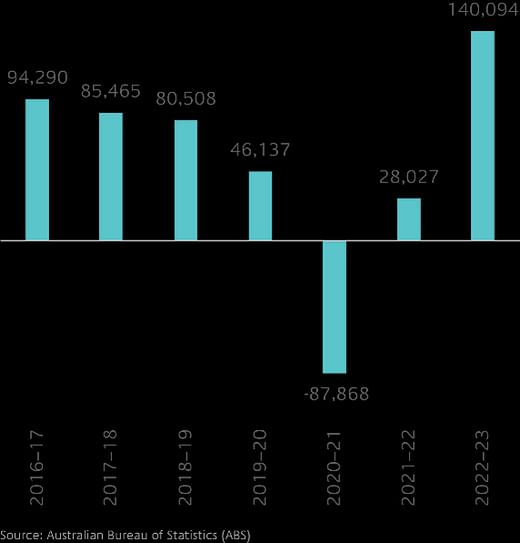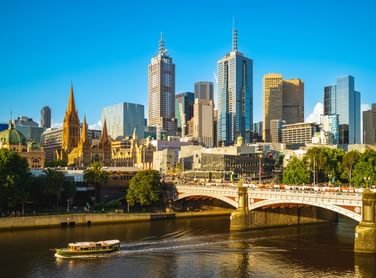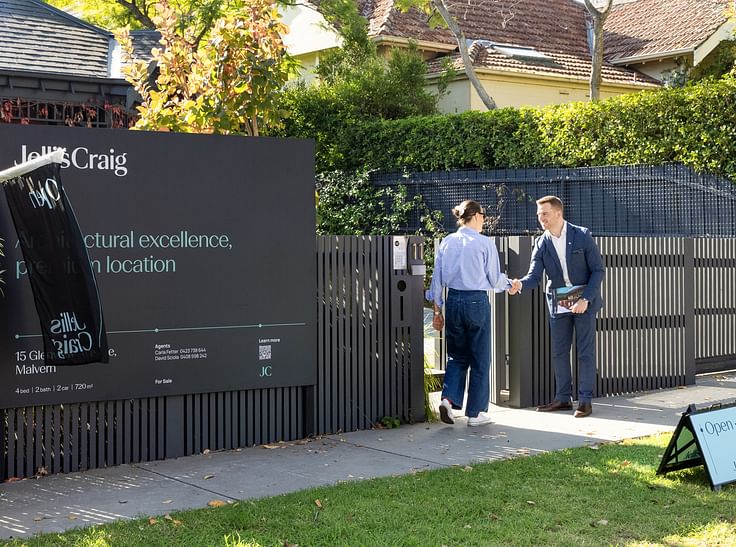Q3 rental market insights from CoreLogic’s Eliza Owen

Rent values across Melbourne continued to rise strongly in the past 12 months, up 7.0% in the year to August 2024. Recent high growth in rents follows an initial decline at the onset of the COVID-19 pandemic.
Since the start of the pandemic in March 2020, house rents rose 27.3% (the equivalent of $135 per week added to the median rent), and unit rents rose 27.0% (a lift of $123 per week). Regional Victorian rent values have seen a slightly larger proportional increase since March 2020, with house rents rising 29.7% (or an equivalent weekly rent value increase of $111) and unit rents up 32.7% and (up $96 per week).

Much of this stark turnaround in rental performance from the start of COVID-19 is tied to changes in migration. Melbourne has historically been a preferred destination for overseas arrivals to Australia, accounting for 27.7% of overseas migration last year. ABS data shows more than 60 per cent of recent overseas arrivals to Australia are renters, meaning overseas migration has a rapid impact on rental demand.

Net overseas migration to Melbourne was negative amid pandemic border closures, reaching almost -90,000 people in FY21. This bounced back to 140,000 in FY23, well above the pre-COVID average, creating a sudden demand shock for rentals. More recently, net overseas migration has started to trend lower across Victoria, and Australia more broadly, so this will take some demand pressure off rents in the near term.
Internal migration trends are improving. Net interstate migration bottomed out through the pandemic, but this ‘leakage’ of population has largely subsided in the year to December 2023. While internal migration does not have as big an impact on rental values in the short term, fewer departures from the state mean less available housing for renters over time.
On the supply side, rising interest rates, modest capital growth returns and an expansion of land tax on investment properties may be dissuading some new investment decisions across the state. ABS data showed housing finance for investment purchases in Victoria totalled $2.5 billion in July 2024, down from a peak of $3.0 billion in March 2022. Annual growth in housing finance for investors is 18.4%, which is more subdued than the 35.4% national figure.

New construction of dwellings has also been held back by the high interest rate environment, increased building material costs and a shortage of construction labour. In the 12 months to July 2024, 18,837 new units were approved for construction across Victoria, down -30.5% from the decade average.
The good news is that rental supply is feeding through to higher gross rent yields across Melbourne, and may already be drawing investors back to some pockets of the market. Gross rent yields are annualised rent income as a portion of current home values. Figure 3 shows gross rent yields reached 4.8% across Melbourne units in May, which is a record high for the series going back to 2005.
Rental demand is expected to moderate slightly through the rest of the year, with the monthly growth in rent values slowing fairly consistently across Victoria since February. Annual growth rates are already showing signs of a slowdown in house and unit rents already in 2024 (Figure 1). Affordability constraints for renters may see more demand skew to the Regional Victorian rent market, where there has been a re-acceleration in growth. The centre for population is also expecting net overseas migration to normalise in FY25, which could further contribute to the moderation in rent growth. However, with rent supply and new construction remaining constrained, there is little prospect for a decline in rent values over the next 12 months.









